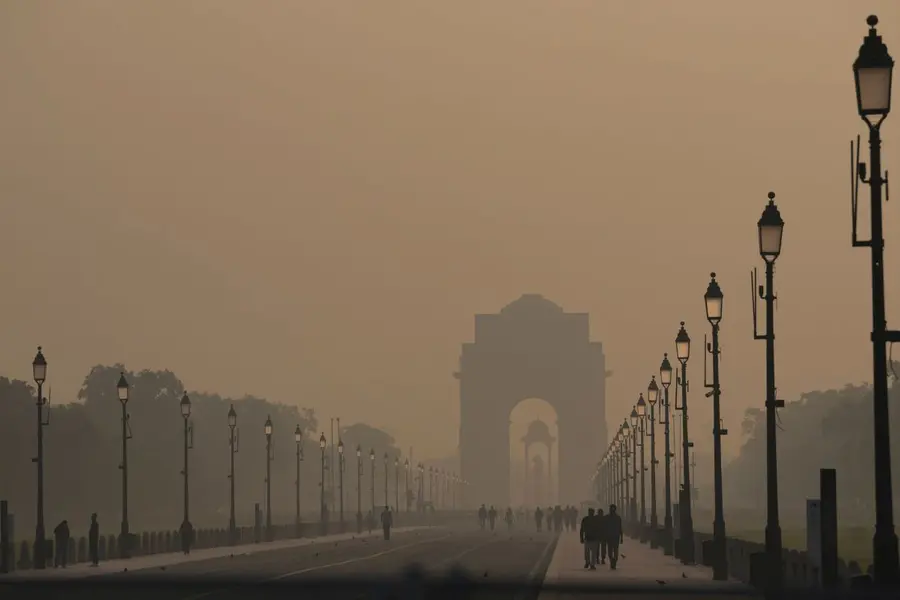Now Reading: Veteran Ad-Executive Piyush Pandey Passes Away at 70, Leaves Enduring Legacy
-
01
Veteran Ad-Executive Piyush Pandey Passes Away at 70, Leaves Enduring Legacy
Veteran Ad-Executive Piyush Pandey Passes Away at 70, Leaves Enduring Legacy

In a major loss to India’s advertising world, industry icon Piyush Pandey died on Friday at the age of 70. Known for pioneering campaigns that blended Indian cultural nuances with mainstream appeal, his work touched the lives of people across metros and tier-2 cities alike. His absence raises questions about how the local creative ecosystem will carry forward his uniquely grounded vision.
From Jaipur to the Pinnacle of Indian Advertising
Born in Jaipur, Pandey entered the advertising industry in the early 1980s, when most campaigns still followed Western templates. He quickly stood out by capturing Indian idioms, regional voices and earthy humor in his work. His career grew alongside India’s own economic liberalisation, and he adapted his craft to changing times while remaining rooted in everyday reality.
Iconic Campaigns That Resonated Nationwide
Over decades, Pandey was behind campaigns that became part of the national vocabulary. His ads gave voice to India’s middle class, layered regional flavour with modern brand messaging, and bridged the metro-nonmetro divide. Whether it was mass-market products or national election slogans, his work echoed across cities of all sizes, reaching audiences in tier-2 towns where cultural connection matters deeply.
Impact on Tier-2 City Audiences and Creatives
In cities beyond the big metros, Pandey’s style was particularly influential. His focus on authentic storytelling meant that advertising stopped being alien or foreign-sounding—it felt like it belonged. For creatives from smaller cities aiming to make their mark, his journey offered a roadmap: stay rooted in local language, yet think big enough to reach across the country.
What His Departure Means for the Industry
With Pandey’s passing the industry loses a guiding voice that always emphasised substance over spectacle. The challenge ahead is whether the creative sector will maintain that connection to everyday India, or drift into global aesthetics that ignore local nuance. For smaller cities and regional markets, that gap becomes more pronounced—what works in Delhi and Mumbai doesn’t always translate elsewhere.
Conclusion
Piyush Pandey’s body of work stands as a testament to Indian advertising’s ability to speak authentically. As the sector navigates an increasingly digital and fragmented landscape, his legacy offers a reminder: relevance comes not just from reaching people, but from understanding them. For creators in tier-2 and smaller markets, that insight remains timeless.

























